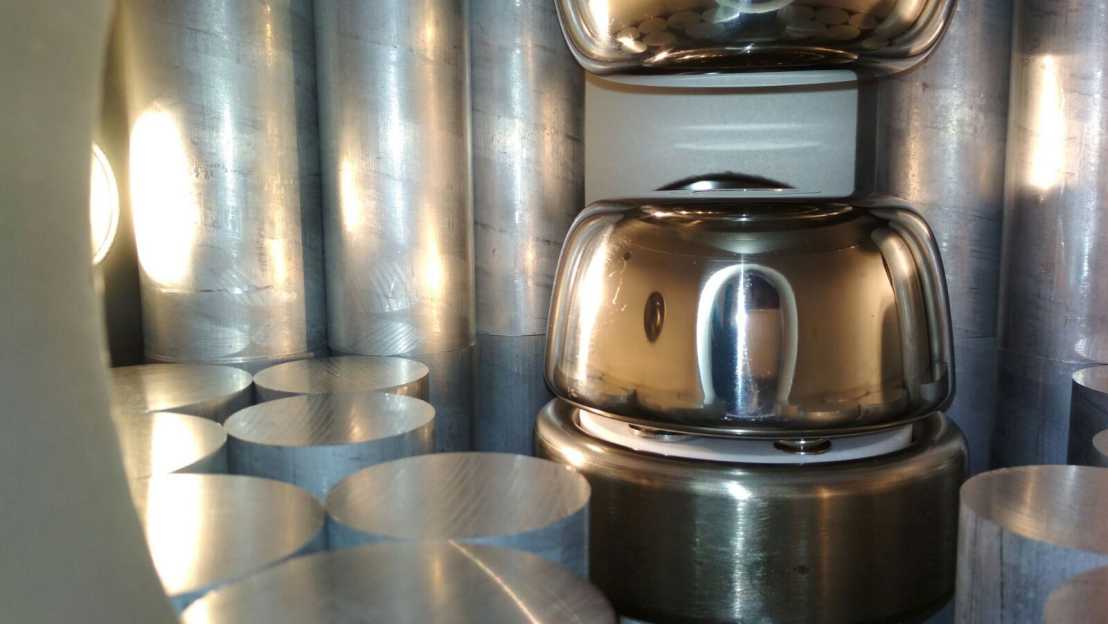High Voltage Gaseous Insulation

Today, sulfur hexafluoride (SF6) is used in high-voltage gas insulated equipment (GIS). It combines a high electric strength and a low boiling point, with long-term chemical stability and easy handling. However, since SF6 is one of the most potent greenhouse gases (global warming potential 23’500), several attempts have been made to find alternative insulation gases and gas mixtures.
Our group has developed a procedure to systematically identify and quantify novel molecular gases with low global warming potential for application in high voltage insulation as gas mixtures. The procedure contains three steps:
- To identify new molecules, an empirical correlation between the electric strength of a gas and certain molecular properties, like polarizability or dipole moment is established. The properties themselves can be calculated ab-initio by means of density functional theory. This computational screening is applied to large chemical databases to identify new alternative insulation gases.
- The swarm parameters of these pre-selected molecules in mixtures with buffer gases are then measured, using two newly set-up Pulsed Townsend experiments. The setups operate with a high degree of automation, which enables the systematic evaluation of gas mixtures, in order to find possible synergistic effects. Electron and ion swarm parameters such as the reaction rates of ionization, attachment, detachment and conversion, the electron and ion mobilities, and the longitudinal electron diffusion coefficient are obtained.
- Finally, the measured swarm parameters need to be translated into breakdown voltages of different electrode arrangements and different applied voltage wave shapes. For this, a model of the streamer to leader transition is used. Selective comparison of these predictions with actual breakdown tests are performed for validation.
Partnership: ABB Schweiz AG (Corporate Research), General Electric Switzerland GmbH, Pfiffner Instrument Transformers Ltd, Siemens AG (Corporate Technology)
Researchers: Hanut Vemulapalli, Marnik Metting van Rijn, Dario Stocco, Austin Eichelberg and Hans-Christoph Töpper
